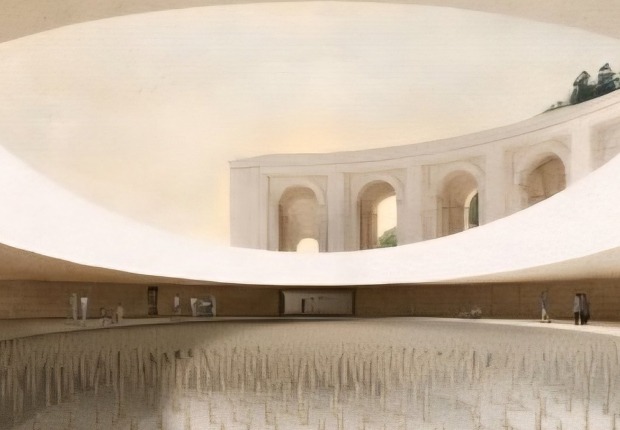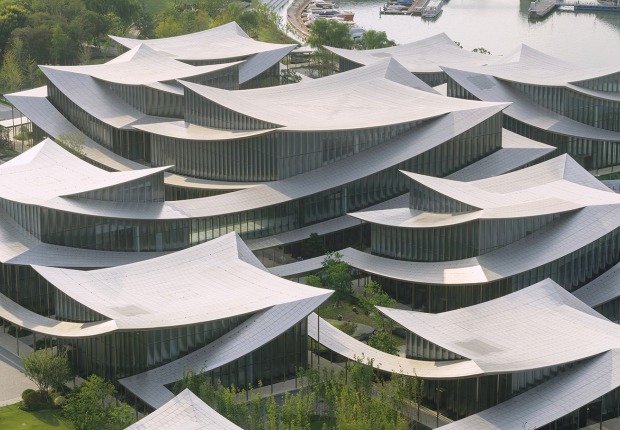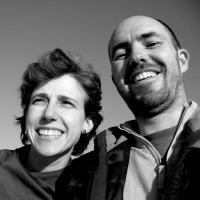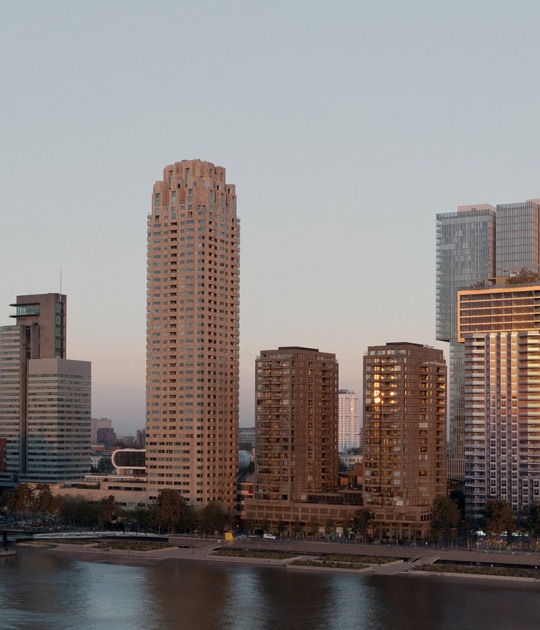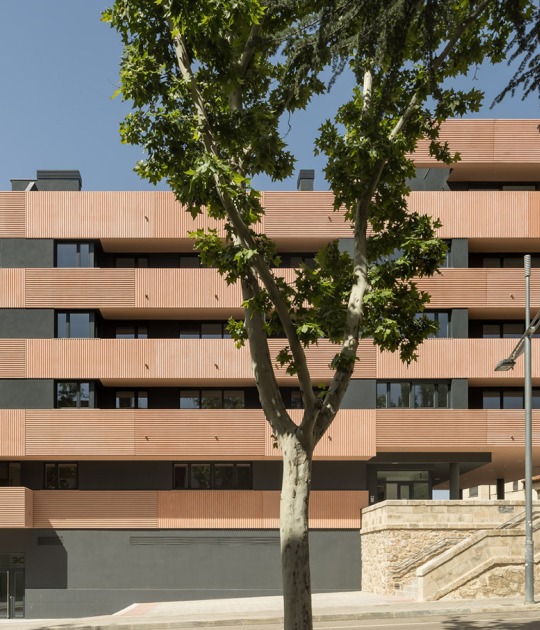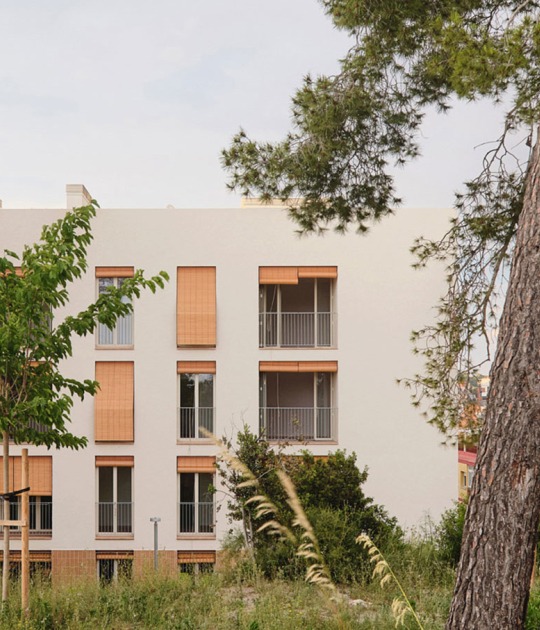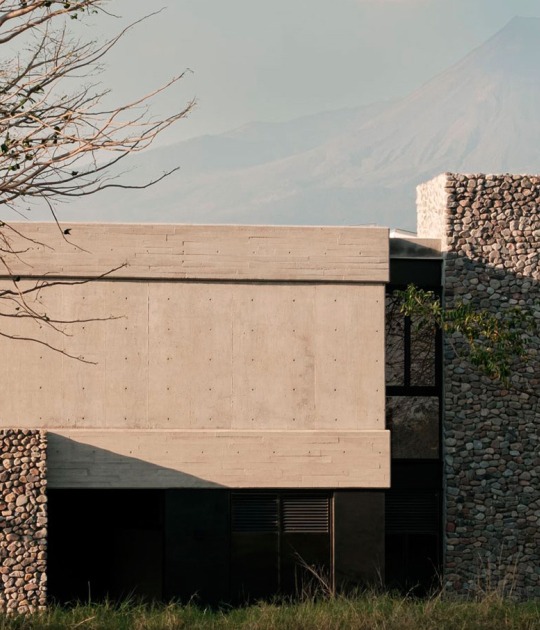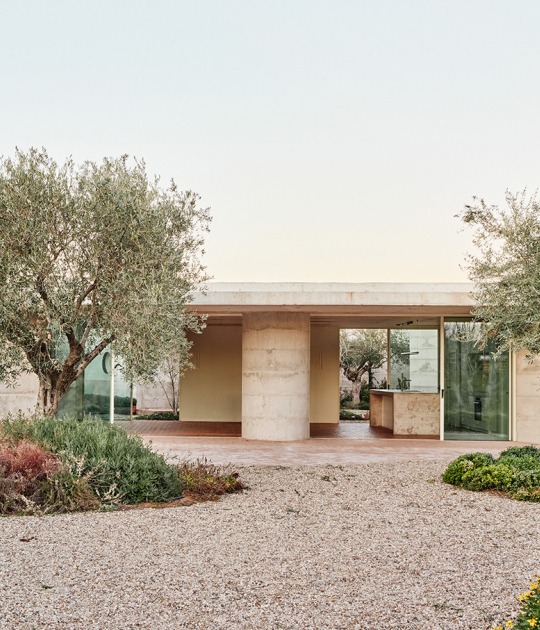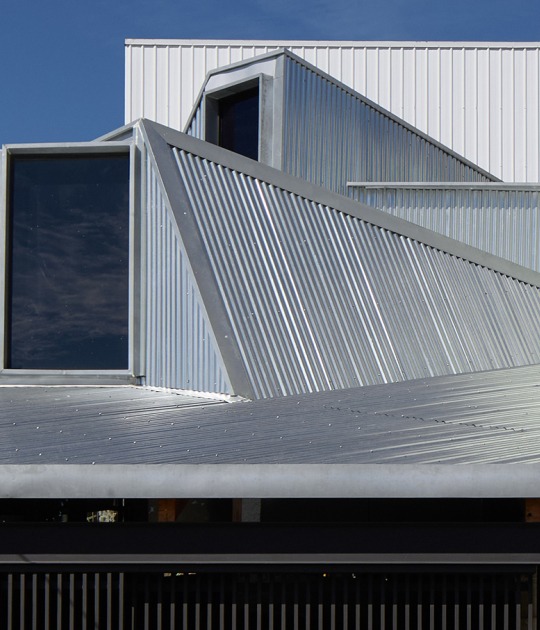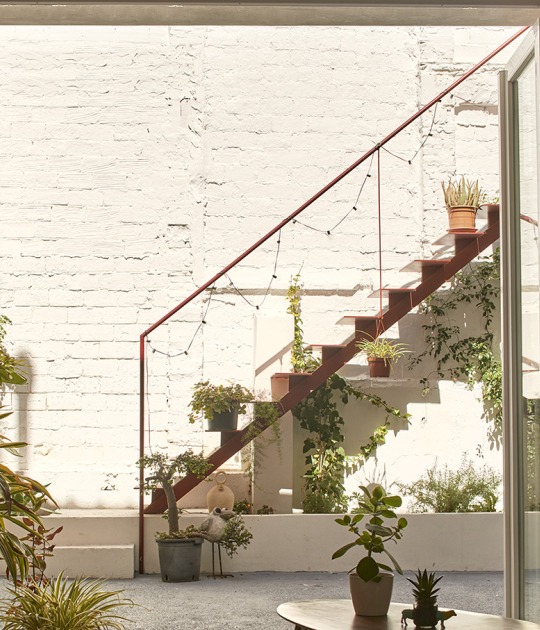Simple geometry and a compact volume are the results of a house that tries to go unnoticed, that takes advantage of the plot's unevenness and is embedded in the ground to reveal the landscape, it is not shown as a building but is integrated into the landscape.
The house does not want to be an immaculate and gleaming volume, it does not seek to be passively contemplated. The house wants to have textures and wrinkles, it wants to be able to absorb the patina of time and reflect that it has a life of its own.
Description of project by TEd’A arquitectes
A patio house adapted to the topography of the terrain. This would be the short definition of the project. Within the definition there are two concepts: first, it is about a patio house; second, it is a house adapted to the terrain of the slope.
First.- The patio house is part of the Mediterranean tradition. The project does nothing more than continue this tradition, bringing it closer to our days. The project is organized around a patio. A patio that comes from the old Roman impluviums, brother of the possessions cloisters or the eighteenth-century patios in the center of Palma. The patio is an element of climate control. The patio is, likewise, a space of meeting and being. The patio is part of our authentic tradition.
Different concepts are extracted from these patios: all of them belong to the same tradition, this is the building tradition of Mallorca. All of these constructions have a square plan approximately, but not exactly square. From the exterior, all of them are expressed almost like fortifications, with a perimeter wall, nearly impenetrable. Instead, on the interior, they are surprising. All of them open towards the patio as the central point, as a place of relationship. In these patios, spatial diversity is fascinating, porches, vine alcoves and galleries are present, all of which accompany the patios themselves.
So, this is also the project we present. A project aimed to be part of this tradition, which wants to continue it. The project on the exterior is highly robust, with a solid geometry, enclosed by a bearing wall. Its plan is approximately square and its rooms are arranged around a central patio which is also accompanied by porches.
Second.- The project pays special attention to the landscape integration of the house. The house is adapted to the topography. The plot has a steep descending slope towards the south and the access road is on the north side. Views to the south are unconquerable and the street is raised with respect to the plot. It is for this reason that the house is embedded into the ground, to go unnoticed, to reveal the landscape. The house is not shown as a building but is integrated into the landscape, it becomes landscape. That is why its roof can’t be any other than vegetation.
No highlighting, adapting to the topography, diluting in the landscape, taking part of the landscape, being landscape, these are the main premises of the project. A simple geometry and a compact volume are the results of a home that attempts to pass unnoticed, taking advantage of the slope of the plot and is embedded into the ground, to allow the views from the street. With the desire of becoming integrated into the landscape, a roof of vegetation is proposed, planted with native grasses and shrubs. With the same intention, the perimeter walls of the house are of cyclopean concrete, built with stone extracted from its own terrain. The house doesn’t want to be an immaculate shiny volume, doesn’t want to be falsely young, doesn’t want to be passively contemplated. The house wants to have textures and wrinkles, wants to be able to absorb the patina of time, wants to be lived actively, as is the case with traditional constructions.


























































































































